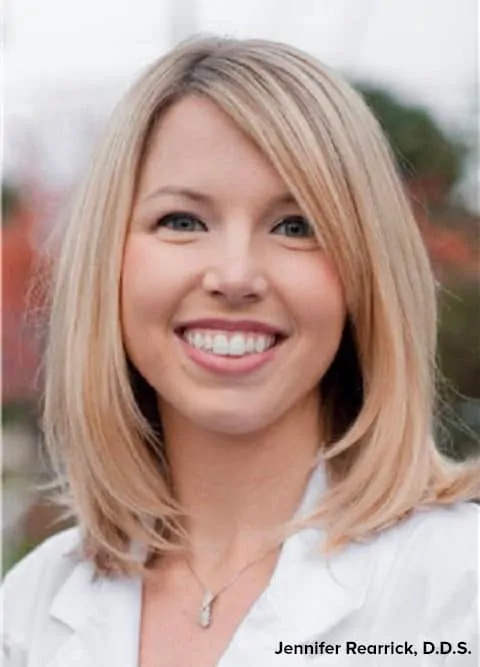What Exactly is Occlusion?
 At our dental office in Sparks, we’re often asked what certain technical dental terms mean, and we’re always happy to explain them. Which brings us to the topic of the day: Occlusion. What is occlusion? What are we looking at when we talk about it? Why does it matter? We’re glad you asked!
At our dental office in Sparks, we’re often asked what certain technical dental terms mean, and we’re always happy to explain them. Which brings us to the topic of the day: Occlusion. What is occlusion? What are we looking at when we talk about it? Why does it matter? We’re glad you asked!
Occlusion Explained
Occlusion is a simply a fancy name to describe the relationship between the way your upper teeth connect with your lower teeth when you chew, bite, or clench down. More commonly, occlusion is explained as your bite.
What Are We Looking At?
When your dentist in Sparks is evaluating your bite, he or she is looking for any areas where the two sets of teeth don’t line up well. A healthy bite is important for proper chewing, and if a bite is “bad,” the force placed on teeth isn’t distributed evenly. This can lead to several problems and the need for restorations or long-term treatment.
How Does a Bite Become “Bad?”
There are times when people develop a bad bite as they lose their baby teeth and their permanent ones erupt. Most commonly, these are classified as overbites, underbites, or crossbites (more on these in a minute). Other individuals see a shift in their once good bite as they get older thanks to accidents, clenching or grinding, or as a result of teeth shifting when a permanent tooth is lost and not replaced.
Signs of a Bad Bite
There aren’t one or two concrete signs of malocclusion (another fancy dental term used to say bad bite). In fact, there are several symptoms that may indicate an issue including:
- Excessive wear on tooth enamel
- Broken or chipped teeth
- Tooth loss
- Head or neck pain
- Pain in the jaw joint
- Upper teeth that fall behind the lower teeth when the mouth is closed (underbite)
- Top teeth that cover most or all of the bottom front teeth while biting (overbite)
If you’re experiencing any of these signs, we encourage you to call our dental office in Sparks. Treatment to correct a bite varies from person to person, so it’s best to evaluate your individual situation and recommend a personalized plan.
< Back to BlogRecent Posts
- How Long Do Dental Crowns Last? A Complete Guide to Dental Crown Lifespan for Patients in Sparks
- Understanding the Link Between Depression Medications and Dry Mouth
- Do Smart Toothbrushes Really Improve Oral Health?
- Strengthen Your Immune System Through Good Oral Hygiene
- Men’s Oral Health: How to Keep Your Smile Strong During Movember
Archives
- January 2025
- December 2024
- November 2024
- October 2024
- September 2024
- August 2024
- July 2024
- June 2024
- May 2024
- April 2024
- March 2024
- February 2024
- January 2024
- December 2023
- November 2023
- October 2023
- September 2023
- August 2023
- July 2023
- June 2023
- May 2023
- April 2023
- March 2023
- February 2023
- January 2023
- December 2022
- November 2022
- October 2022
- September 2022
- August 2022
- July 2022
- June 2022
- May 2022
- April 2022
- March 2022
- February 2022
- January 2022
- December 2021
- November 2021
- October 2021
- September 2021
- August 2021
- July 2021
- June 2021
- May 2021
- April 2021
- March 2021
- February 2021
- January 2021
- December 2020
- November 2020
- October 2020
- September 2020
- August 2020
- July 2020
- June 2020
- May 2020
- April 2020
- March 2020
- February 2020
- January 2020
- December 2019
- November 2019
- October 2019
- September 2019
- August 2019
- July 2019
- June 2019
- May 2019
- April 2019
- March 2019
- February 2019
- January 2019
- December 2018
- November 2018
- October 2018
- September 2018
- August 2018
- July 2018
- June 2018
- May 2018
- April 2018
- March 2018
- February 2018
- January 2018
- December 2017
- November 2017
- October 2017
- September 2017
- August 2017
- July 2017
- June 2017
- May 2017
- April 2017
- March 2017
- February 2017
- January 2017
- December 2016

